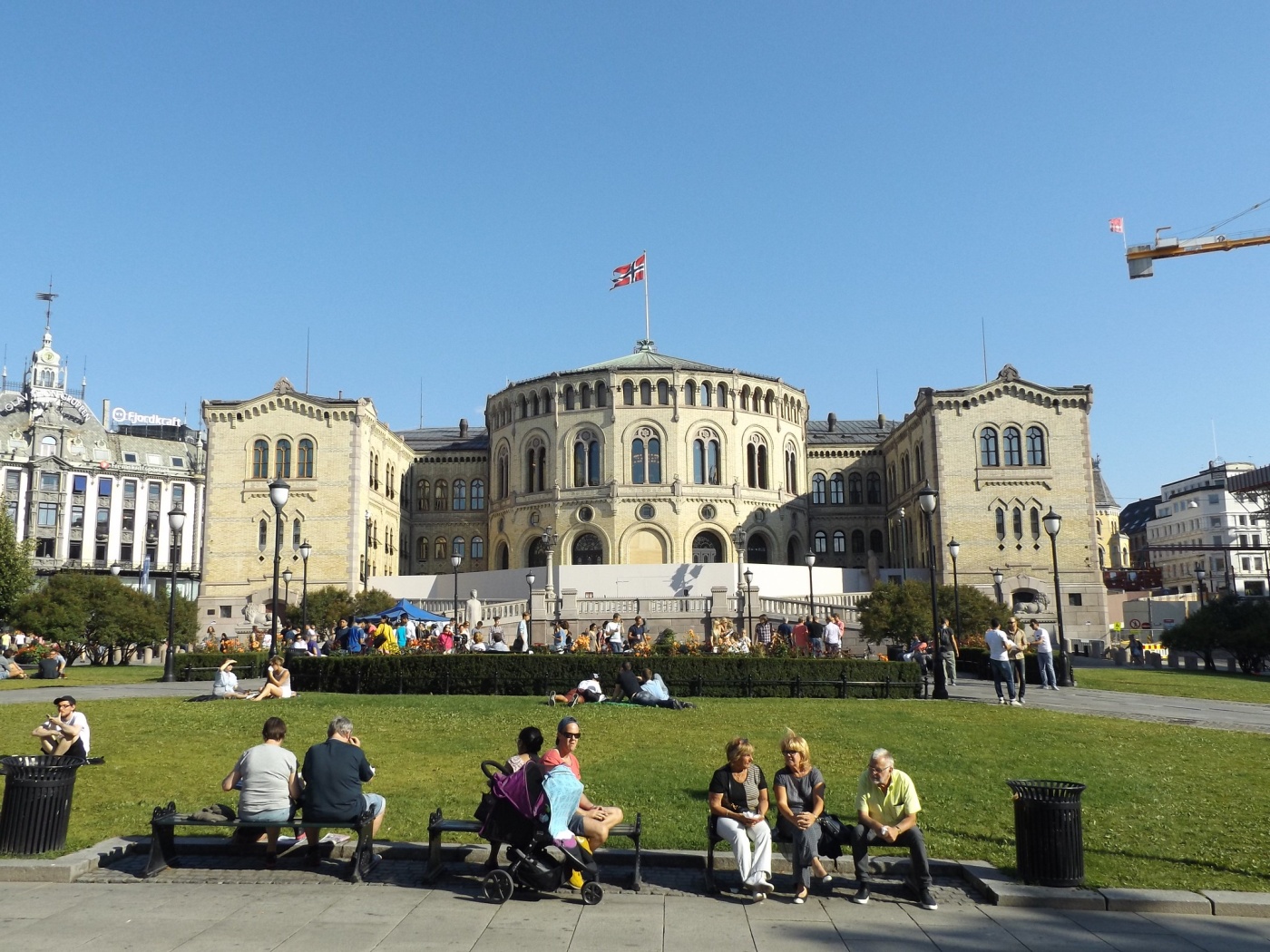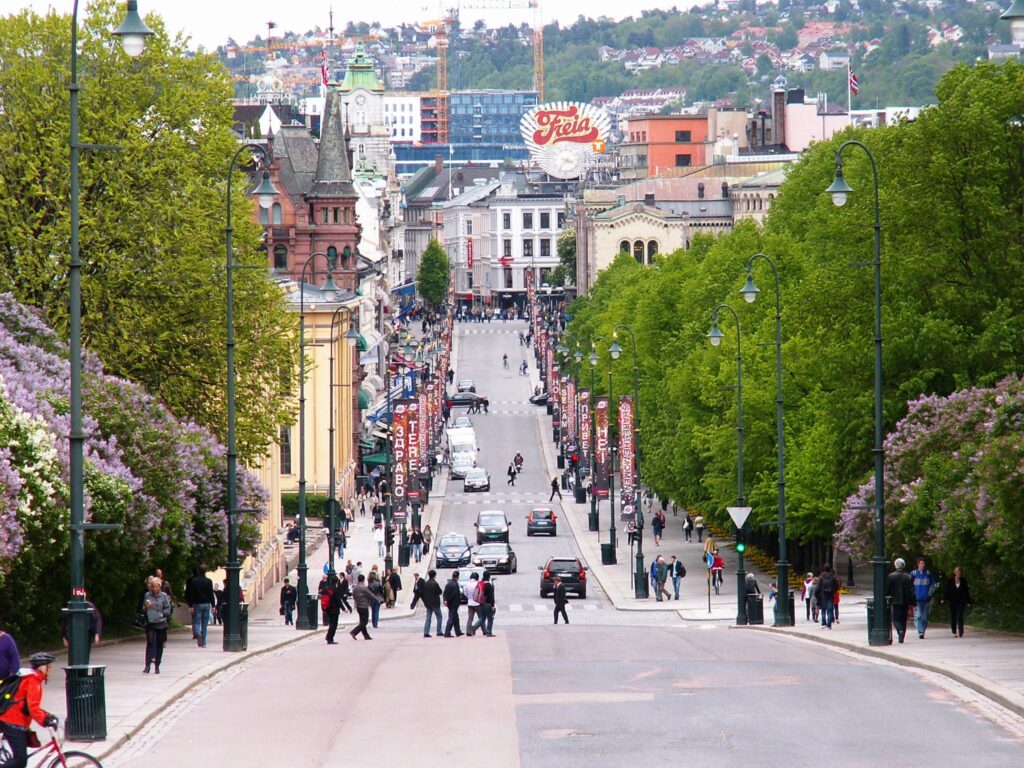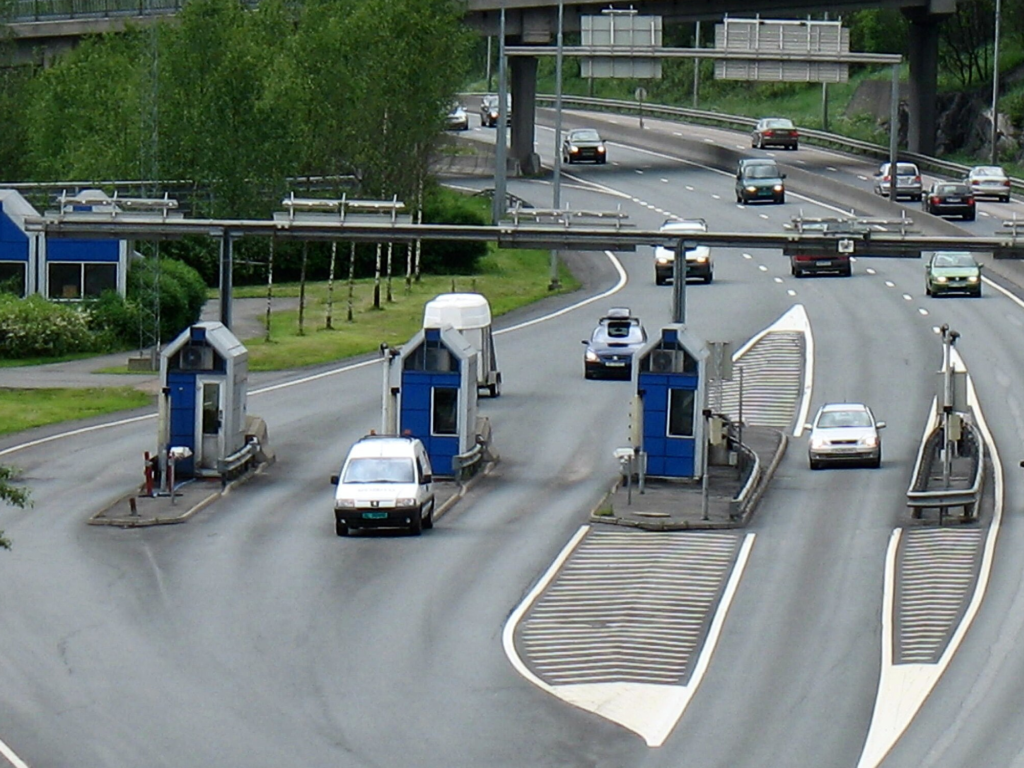This website uses cookies so that we can provide you with the best user experience possible. Cookie information is stored in your browser and performs functions such as recognising you when you return to our website and helping our team to understand which sections of the website you find most interesting and useful.
Oslo shows how to put cars in their place

The case of Oslo clearly shows that in order to take care of air quality and the health of inhabitants, it is not enough to simply substitute EVs for combustion engine vehicles – the city has to be organized in such a way that it is no longer dominated by any type of car. Sidewalks for pedestrians, public transport so effective that it is easy to forget about your own four wheels – this is what a people-friendly city needs.
In Oslo, like in the whole of Norway, clean transport is promoted e.g. by facilitating the use of EVs – for example providing convenient and easy access to a comprehensive network of charging points. They can be found literally everywhere: in parking areas (both under- and on the ground) and in places such as the Oslo City Hub – a logistics center for vehicles (now all of them are electric) of delivery companies and the post, therefore serving both business and the public sector. One can even hire an electric… motorboat.
Crucially, however, Oslo understands that although an EV is much better for air quality than a vehicle with a combustion engine, one should go all in and restrict the traffic of all passenger cars, substituting it e.g. with efficient and convenient public transport – obviously zero emission. Such an approach enables the city to gain something very valuable – cleaner and bigger space for people.
This is why the capital of Norway is electrifying all forms of public transport – not only busses, but ferries as well. The city is also developing its network of subway stations. All this so that the car is not indispensable for comfortably moving around the city. Revolution? More like evolution.

(photo: Ian on Flickr)
Want cleaner air? Be bold!
– Developing clean transport is not about persuading residents to make sacrifices, but rather about showing what they get in return: clean air and a people-friendly city – said the mayor of Oslo, Marianne Borgen, during an exclusive meeting with the participants of the visit. – The ban on smoking in public spaces was also a cause for concern, but restaurants and cafes did not go bankrupt. Today, hardly anyone would like to go back to what was once seen as obvious – she compared. In her opinion, the most important thing is to talk honestly and clearly about the benefits of unpopular (at least initially) solutions. – Bold action and visible results are the best arguments – she emphasized.
However, this boldness is not demonstrated in undertaking ad hoc, large-scope actions, such as establishing a Low Emission Zone covering the entire county, but in achieving precisely established, measurable goals, and – first and foremost – in a systemic, coordinated evolution of the city.
Sidewalks are for walking
How can you tell that Oslo is a people-friendly city? One indication is the fact that in the Norwegian capital a common Polish urban “sport” consisting in pedestrians sneaking along the walls of buildings to squeeze through a sidewalk blocked by cars is completely unknown. Despite the popularity of EVs, pedestrians in the city center are not overwhelmed by car infrastructure. Congestion and noise are much lower as well. This is in part due to the city policy of moving parking spots underground and setting parking prices at a level that incentivizes using alternative forms of transport, including public transport.

(photo: Pedro on Flickr)
Through the wallet to the lungs, or: the toll ring
The idea behind the Oslo toll ring is simple: it encourages moving around it with public transport, by bike or on foot – rather than by car. However, if a car has to drive in there, it is better if it pollutes the air as little as possible. In other words: every car can enter, the question is how much it will cost. Drivers of fully electric cars pay half the fee for cars with combustion engines, while those powered by hydrogen do not have to pay at all. Petrol cars and cars with hybrid engines pay the full fee, while drivers of diesel cars over 3.5 tons are the ones that have to spend the most. Entry in the ring is more expensive during rush hours (6:30-9 am and 3-5 pm).
Therefore, those who pollute the air more, are facing a simple choice. They can pay a high fee for entry or use the attractive alternatives provided by the city. This is how Oslo comprehensively promotes clean transport: on the one hand, its toll ring encourages the use of means of transport with as little negative impact on air quality as possible, on the other – the money from the fees finances the development of such means. – Environmental and health considerations were not the only reasons why we established a toll ring in Oslo. We also wanted to raise funds for the development of transport infrastructure. However, it is this infrastructure – for electromobility, for zero-emission public transport and for bicycles – that makes the city more friendly for residents and better for their health, and at the same time benefits the environment – emphasized the director of the Oslo Climate Agency Heidi Sørensen. Such an approach is consistent with Norwegian clean transport policy. – It is based on the premise that emissions should be discouraged before they happen, not penalized after the fact, when damage to the environment and health cannot be undone – said expert of the Norwegian EV Association (Norsk Elbilforeningen) Erik Lorentzen.
The area covered by the Oslo toll ring is divided into three sub-rings – checkpoints are placed on their borders. Fees are collected in two cases: upon entry in the area (on entering the outside ring) and for every crossing of the border of an inside ring, regardless of the direction of travel (drivers only pay for one crossing per hour, those with the Autopass card have a 20-percent rebate). Hence, drivers who intend to intensively move around central Oslo but would rather not see their wallets take too much of a hit have a very tangible motivation to use public transport or bikes.
One advantage of Norwegian toll rings is the clear, integrated fee collection system, which can serve as an inspiration for Polish Low Emission Zones. It is based on stickers – the same in the whole of the country – which include all the necessary vehicle characteristics, in turn checked by cameras. Crucially, every vehicle entering the ring is checked. This means that to enter a toll ring in another city in the country, the inhabitants of Oslo need nothing more than the aforementioned sticker. Foreign drivers have to register their cars online – failure to do so results in an obligation to pay the highest entry fee at every checkpoint.

(photo: Kjetil Ree on Wikimedia Commons)
Fees for entry in toll rings can be used for precisely defined goals – solely and exclusively to develop public transport infrastructure. Oslo is currently financing e.g. the development of the subway network. Simply put, rings are not a source of ad hoc income used to plug holes in city budgets, but an element of a complex system of promoting and developing clean transport. Such a system has to be based on accurate data and efficient coordination – with this in mind, the Norwegian capital is measuring greenhouse gas emissions and air quality, it is also constantly adapting its tools to the changing reality.
Let us count emissions like we count money
Oslo has adopted a target of reducing greenhouse gas emissions by 95 percent by 2030 (compared to 2009 emissions). Three times a year, local government officials in the city receive information on the rate of emission reduction in individual sectors, including transport, construction, and energy. – We count emissions just like we count money and check on an ongoing basis whether we meet the adopted reduction targets – said Marianne Borgen.
– In the development of clean transport, ambitious and long-term goals are needed, but they have to be close enough for those who adopt them to feel and be responsible for their implementation. The mayor of Oslo also drew attention to an important tool for popularizing clean transport, namely… public procurement. – When green solutions are promoted in municipal tender procedures, the private sector clearly sees that running business in a manner friendly for the environment, as well as for people’s comfort and health, is the key to further growth – she explained.
Norwegian lessons in clean transport
Key conclusions from the experiences of Norwegian experts gathered during the “Laboratory of Low Emission Zones” project:
• The advantages of clean transport should be pointed out – the emphasis should be placed on benefits, not sacrifices, in a transparent and honest way;
• Air quality improvement goals should be defined as long-term, but close enough for their creators to feel responsible not only for setting them, but also for their implementation;
• Emission reductions should be encouraged before they reach a level so high that they have to be penalized;
• Low Emission Zones are just one of the many tools available to improve the air quality in cities – the first step should be to verify whether a LEZ is the best way to solve problems;
• Air quality should be improved systemically, rather than by undertaking isolated efforts – the introduction of a Low Emission Zone alone will probably not be enough;
• When introducing a LEZ, it should be kept in mind that the situation will change, so it is necessary to have a tool to monitor it and adjust detailed solutions to the given conditions on an ongoing basis;
• Measurable, long-term goals should be set – work towards them should proceed in small steps.
(illustration photo: Doug Kerr on Flickr)
